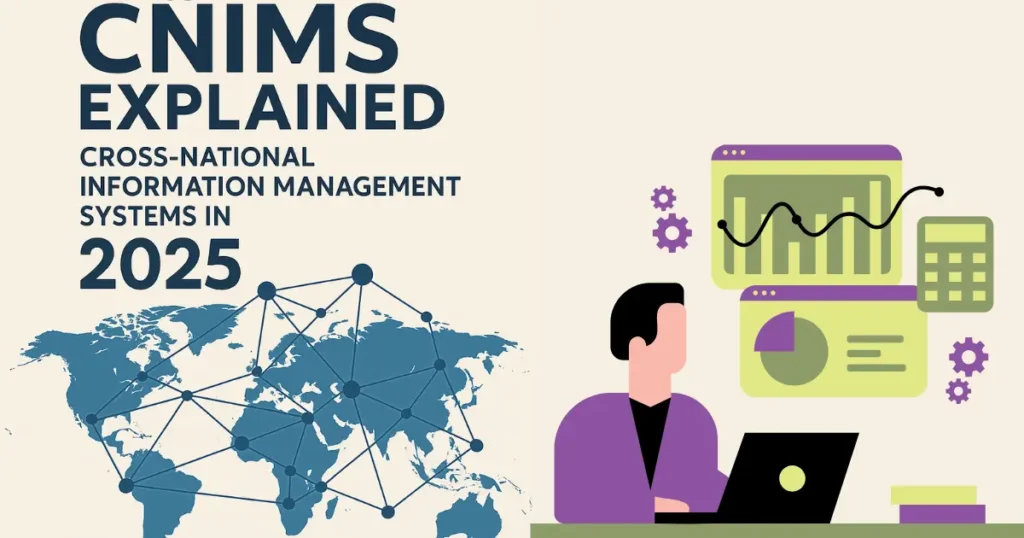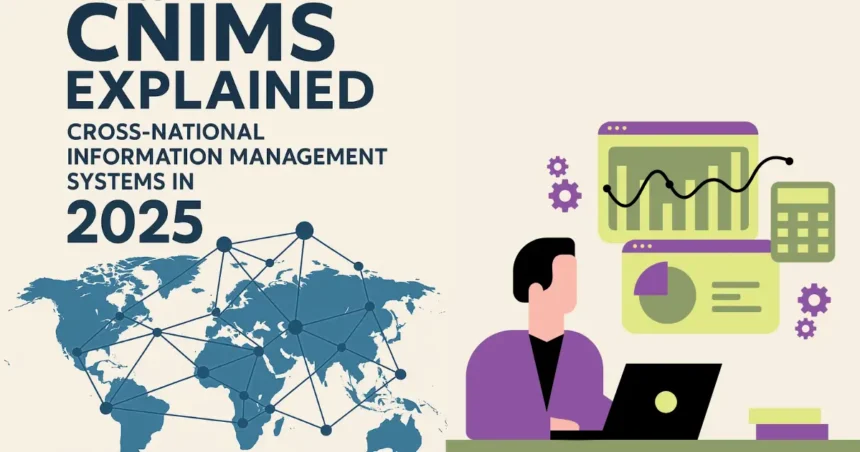
If you’ve come across the term “CÑIMS” recently and wondered what it is, you’re not alone. You might think it’s a typo, a code, or even a new acronym surfacing in scientific or innovation circles. In an age overflowing with acronyms and buzzwords, is gaining momentum online — but what exactly does it mean?
Welcome to your definitive guide — what it is, where it’s used, and why it’s becoming an increasingly crucial part of conversations in 2025.
Origins of the Term ‘CÑIMS’
Where did CÑIMS come from?
While there are currently multiple contested origins, many researchers believe the term stems from academic or scientific communities exploring emerging systems in information management, multicultural research frameworks, and neural-matrix innovations.
However, it has also appeared in:
- Online research databases
- Grey literature in industry whitepapers
- Crowdsourced glossaries of tech and science acronyms
The unique use of “Ñ” suggests a cross-linguistic component—possibly linking the term to Spanish-speaking academic institutions or bilingual systems.
What Does CÑIMS Stand For?
As of the most recent sources in 2025, is used as an umbrella acronym that often refers to:
CÑIMS = Cross-National Information Management Systems
But this is not universally accepted. Alternate interpretations include:
- Cognitive Neural Integration & Modeling Systems
- Collaborative-Network Intelligent Management Strategy
- Cultural Neural-Informed Mapping Systems
So, while the exact meaning may vary by context, a consistent theme emerges: data systems, intelligence, collaboration, and innovation.
How CÑIMS Applies in Different Industries
Let’s break down how is applied across sectors that are rapidly digitizing and globalizing.
CÑIMS in Technology
In tech, CÑIMS platforms are positioned as next-gen data management solutions that:
- Handle multilingual information
- Integrate artificial intelligence systems
- Provide real-time insights across international networks
CÑIMS in Education
In global education, has started being associated with:
- Cross-linguistic curriculum platforms
- Content-delivery models for bilingual education
- Comparative education analytics tools
CÑIMS in Research and Development
In R&D, CÑIMS systems are used to:
- Correlate scientific data from cross-national sources
- Simplify data from multilingual journals
- Enable predictive analytics for global market studies
Why Is CÑIMS Trending in 2025?
Several macrotrends have boosted interest in:
- Cross-border collaboration has become essential post-COVID
- Increasing dominance of multilingual content
- Rise of AI-driven, language-neutral data systems
- Need for secure and standardized global information exchanges
- Expansion of neural integration systems in computing
Common Use Cases for CÑIMS
Wondering how is actually used on the ground? Here are real-world examples:
| Industry | Use Case | Platform |
|---|---|---|
| Education | Bilingual learning analytics | EduCÑConnect |
| Healthcare | International health data syncing | CÑIMS-MedSync |
| Finance | Risk modeling across APAC & EU | CÑIMS-FinWare |
| AI Research | Neural language dataset pooling | OpenCÑIMS.ai |
Benefits and Limitations of CÑIMS
Like any emerging model, has pros and cons.
Benefits:
- Neural integration for smarter predictions
- Multilingual adaptability
- Scalable tech for global enterprises
- Improves cross-cultural understanding
Limitations:
- Terminology confusion — multiple definitions lead to implementation delays
- Privacy concerns with multinational data tracking
- Lack of standardization across industries
- Resource cost and infrastructure effort
High-Value FAQs
Is CÑIMS a real system or just a concept?
It’s both. While some universities and startups are implementing real platforms, much of the term remains conceptual and loosely defined—still evolving in 2025.
Why is ‘Ñ’ included in the term?
The long-spoken theory is that it highlights cross-linguistic identity, especially concerning Spanish-speaking nations’ data systems or institutions.
How do I implement a CÑIMS model in my organization?
Start by:
- Auditing your current info systems
- Evaluating cross-national data needs
- Contacting providers who specialize in intelligent multilingual systems
Is CÑIMS compatible with AI and ML platforms?
Yes. Many versions are built with machine learning architecture, focusing on cross-lingual dataset training and neural processing.
Conclusion & Call To Action
CÑIMS may still be an emerging concept, but it’s clear that its technical, cultural, and strategic potential is immense. As businesses, schools, and governments prioritize globalization and data accuracy, Cross-National Information Management Systems could soon be the future standard.








